Humayun's Tomb, Delhi
© SoumenNath/Getty Image
A walk through history. Humayun's Tomb, Delhi
If walls could whisper, Humayun's Tomb would share stories of love, legacy and beautiful artistry. This magnificent monument in Delhi, is India's first-ever garden tomb and the final resting place of Mughal emperor Humayun. This grand structure was commissioned by Humayun's chief consort, Bega Begum (also called Haji Begum). Determined to honour the emperor's legacy, Bega Begum entrusted Persian architect Mirak Mirza Ghiyas with bringing her vision to reality. However, he passed away before the project's completion, leaving his son, Sayyid Muhammad ibn Mirak Ghiyath Ud Din, to carry forward his work. Construction began in 1565, nine years after Humayun's passing, and was completed in 1572.
Perched on a 7-metre-high platform, this tomb is enveloped by a Charbagh garden, a classic Persian-style layout symbolising the garden of paradise. The tomb itself soars 47 metres high and is 91 metres wide, crowned by striking white marble double domes that reach 42.5 metres. Its grand red sandstone façade, intricate latticework and exquisite pietra dura floors make it a true architectural masterpiece. Beyond the main tomb, the complex is home to several other significant structures, like Arab Sarai, Nila Gumbad and Bu Halima. One of these, the tomb of Isa Khan Niazi, an Afghan noble from Sher Shah Suri's court, predates this tomb by 20 years.
Related Images
Bing Today Images
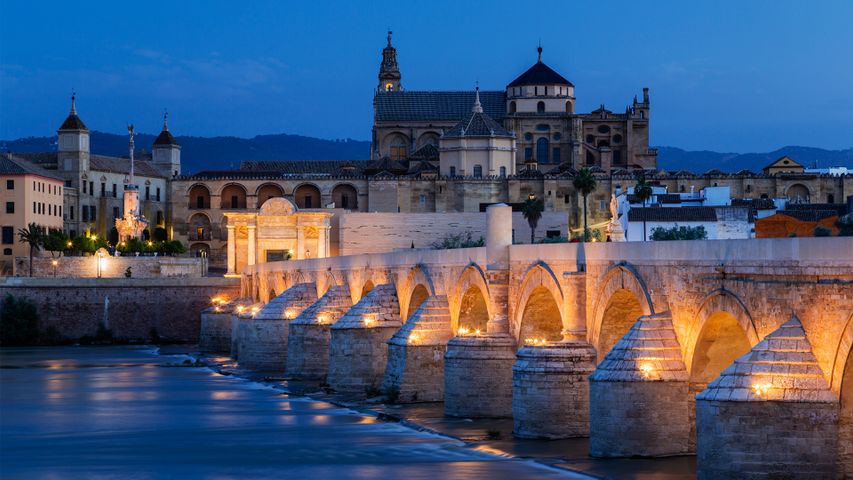

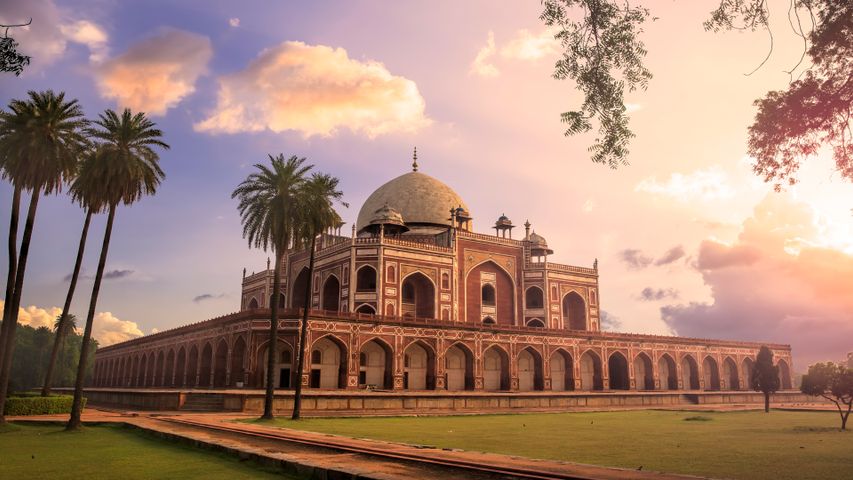
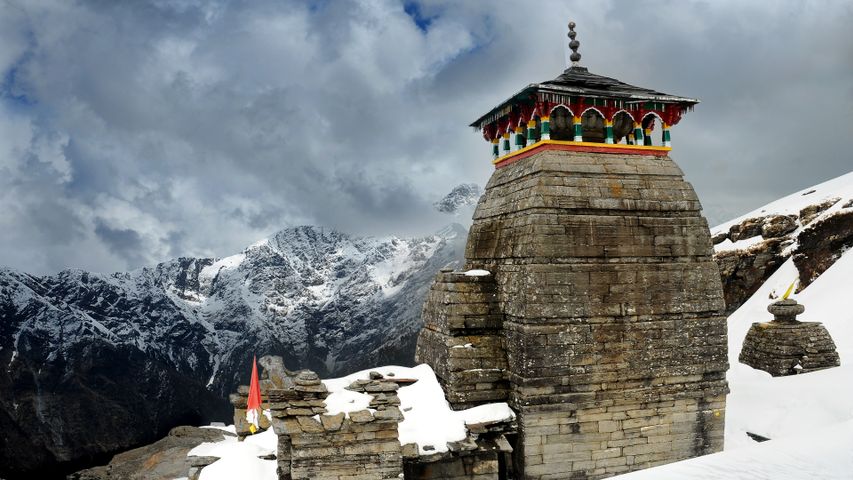 Tungnath Temple, Uttarakhand
Tungnath Temple, Uttarakhand
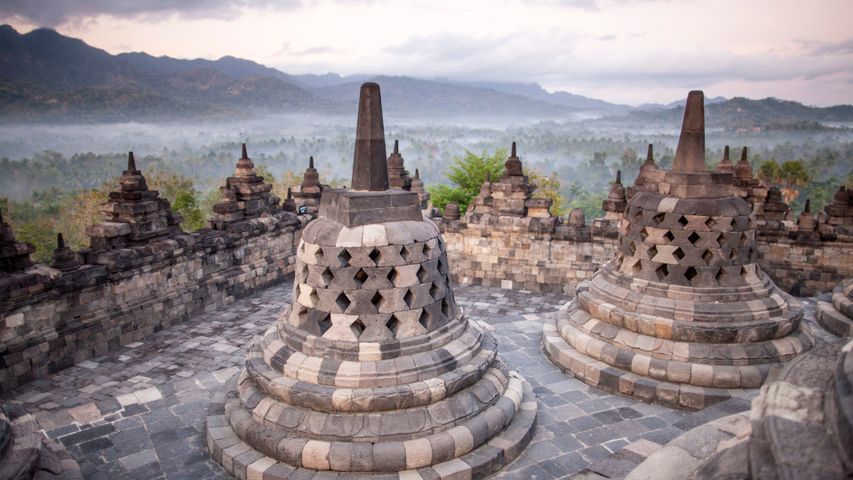 Borobudur temple, Java, Indonesia
Borobudur temple, Java, Indonesia
 Christmas market, St. Stephen's Basilica, Budapest, Hungary
Christmas market, St. Stephen's Basilica, Budapest, Hungary
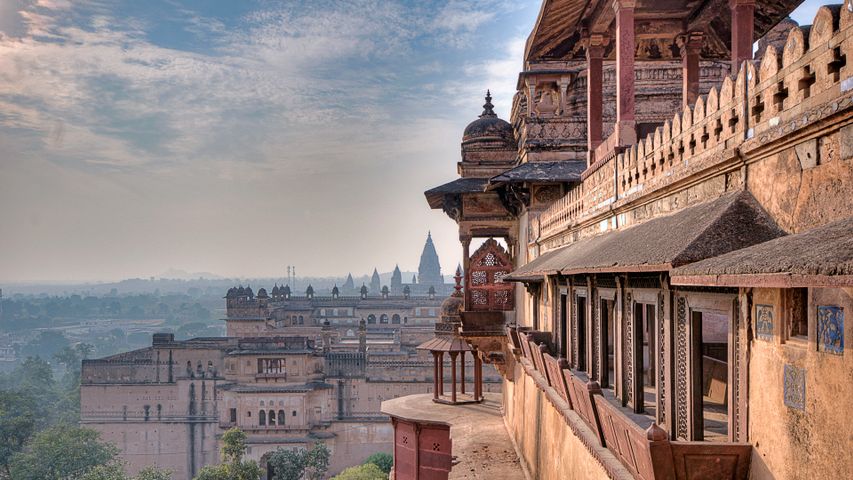 Jahangir Mahal inside the Orchha Fort complex, Orchha, Madhya Pradesh
Jahangir Mahal inside the Orchha Fort complex, Orchha, Madhya Pradesh
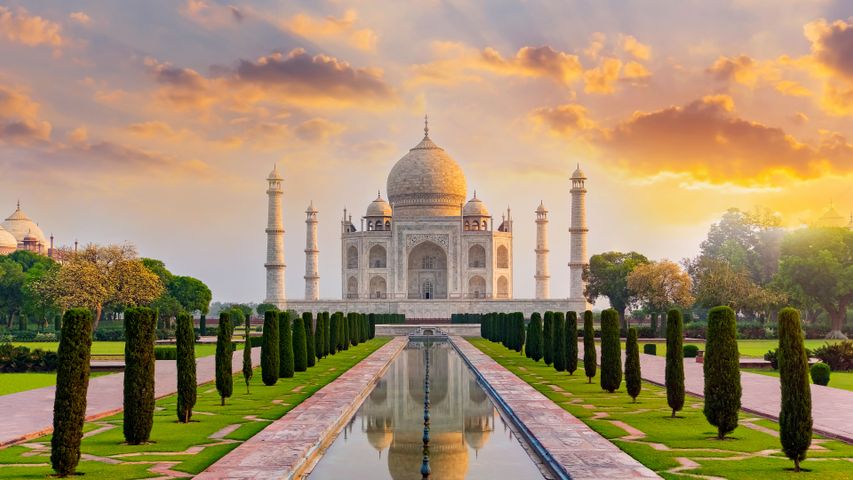 Taj Mahal in Agra, Uttar Pradesh, India
Taj Mahal in Agra, Uttar Pradesh, India
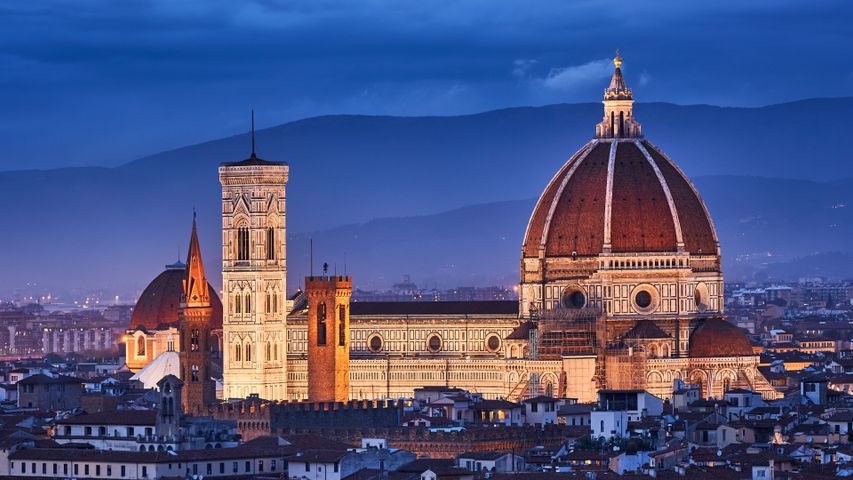 Duomo Santa Maria del Fiore at dusk, Florence, Italy
Duomo Santa Maria del Fiore at dusk, Florence, Italy
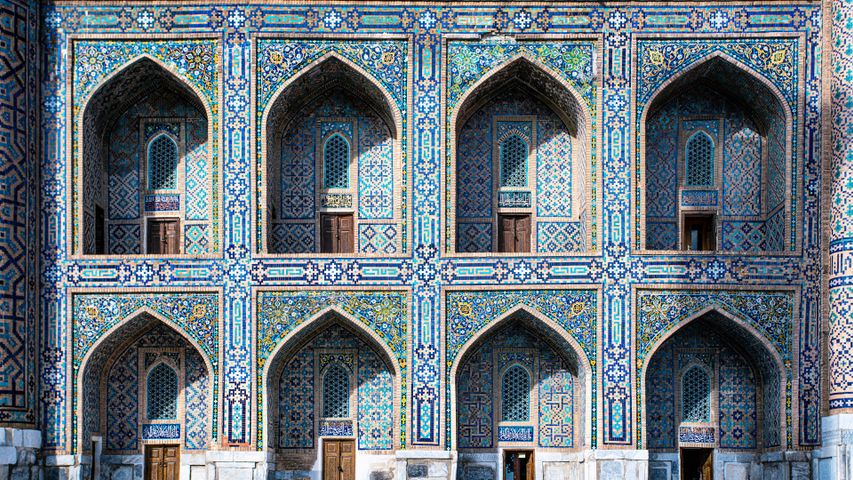 Mosaic façade in Registan Square, Samarkand, Uzbekistan
Mosaic façade in Registan Square, Samarkand, Uzbekistan
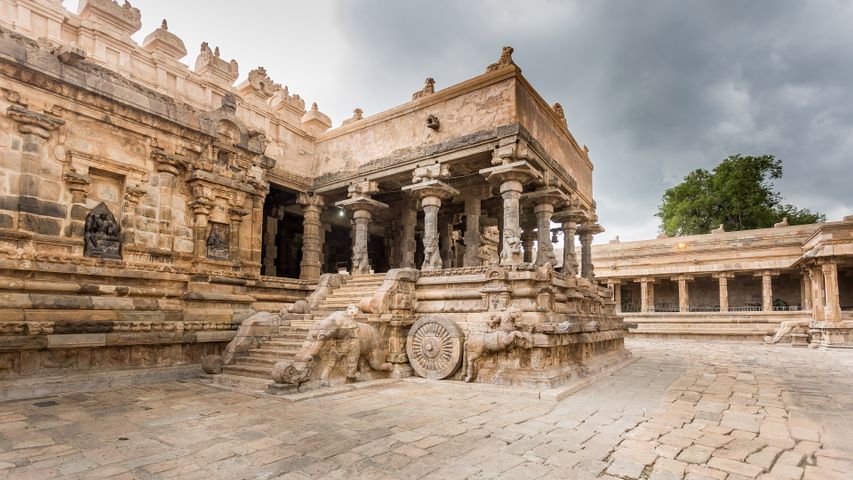 Airavatesvara Temple at Darasuram, Tamil Nadu, built by Chola kings
Airavatesvara Temple at Darasuram, Tamil Nadu, built by Chola kings



